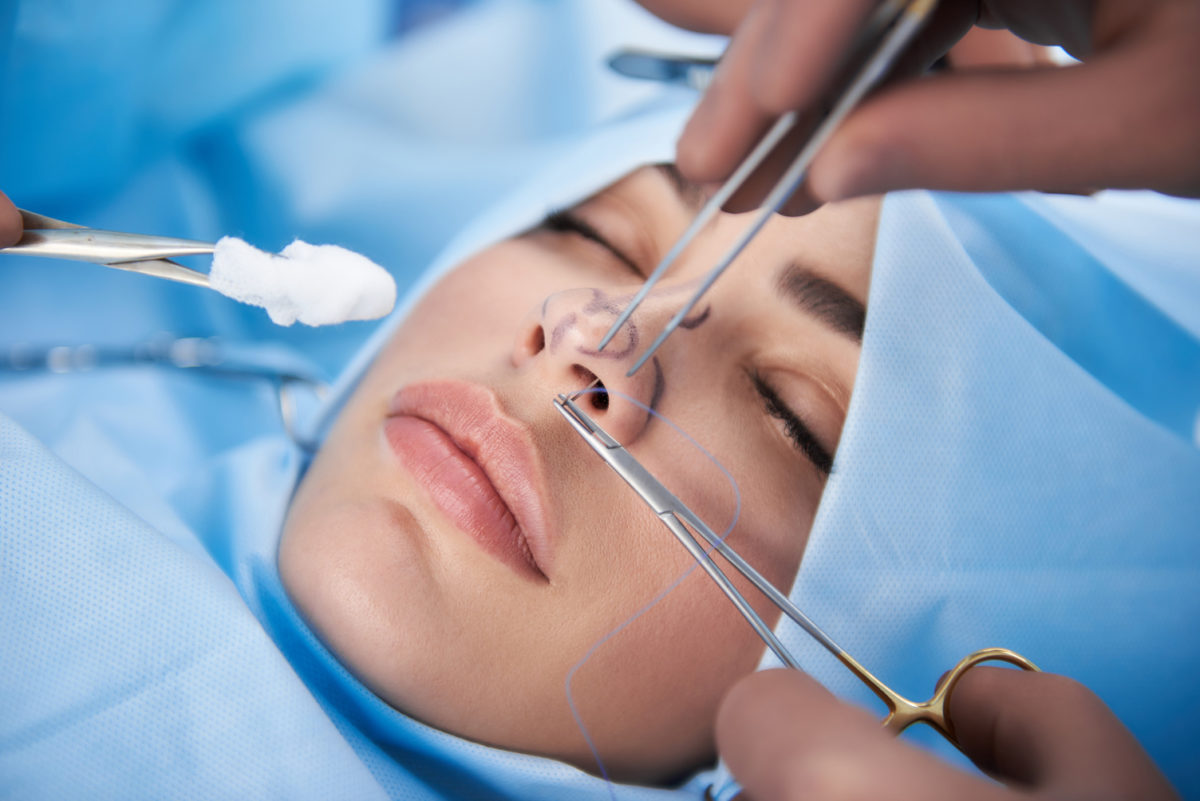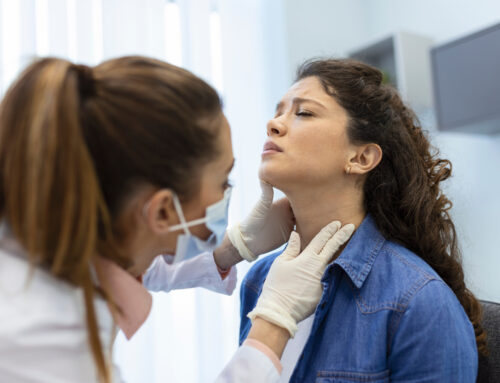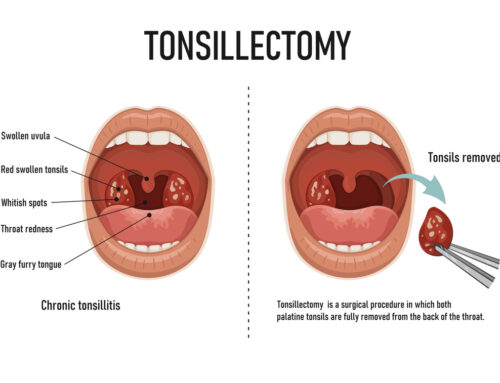Rhinoplasty, or a ‘nose job’, as it is often called, is a surgical procedure that involves reshaping the nose. Sometimes, rhinoplasty is performed for cosmetic reasons, when a patient feels unhappy with the current size or shape of their nose. In other instances, rhinoplasty might be performed to correct a breathing problem.
What is involved in rhinoplasty?
Rhinoplasty is almost always performed under a general anaesthetic. Usually, an incision is made in the skin between the nostrils to allow the nose to be ‘opened’ so that the surgeon can access the cartilage and bone underneath.
Sometimes, ‘closed’ rhinoplasty is possible. This is where very small incisions are made inside the nostrils to prevent visible scarring. Closed rhinoplasty is less invasive and tends to result in a more comfortable recovery with less swelling. However, it is not always possible to perform the surgery in this way. Open or closed rhinoplasty depends on what type of nose surgery you’ll be having.
The first type of rhinoplasty is ‘reduction’. This is where cartilage and bone are removed to make the nose smaller. The second is ‘augmentation’, where the nose is made bigger by taking small amounts of cartilage or bone from other parts of the body and grafting it in the nose.
The third type of rhinoplasty involves changing the shape of the nose and/or nostrils. This is often done by breaking the cartilage of the nose and rearranging it. Finally, rhinoplasty might involve changing the angle between the nose and the top lip by removing or rearranging the tissue.
Depending on what type of results you are looking for, a surgeon may use any one or more of the techniques outlined above. Surgery can take anywhere between 1.5 and 3 hours.
What is recovery from rhinoplasty like?
Most people stay in hospital for one or two nights after rhinoplasty surgery. This allows time for them to recover from the general anaesthetic and makes it easier for the surgeon to manage the patient’s pain.
A splint and dressing are placed on the nose after surgery. The dressing usually remains for twelve hours, while the splint, held down with tape, tends to remain for 7 days. Patients are often not able to breathe through their nose for about a week after surgery due to swelling, but this varies depending on the type of rhinoplasty that is performed.
Dissolvable stitches are often used in rhinoplasty, but you may have some normal stitches that need to be removed when the incisions have healed. This usually takes place after about a week.
Usually, patients need to take at least two weeks off work to recover from rhinoplasty. After this point, they should feel well enough to resume most of their day to day activities. However, it is not recommended to do any strenuous activity or exercise for up to six weeks after surgery.
When will the results of a rhinoplasty be seen?
Rhinoplasty tends to cause a great deal of swelling, bruising and redness around the nose, eyes and upper lip that can last for several weeks. Swelling often persists for up to six months, but the worst usually dissipates within one to two months.
It takes six months to a year for the shape of the nose to fully settle, and during this time you might notice the shape of the nose gradually changes. It is some time until the permanent results of the surgery can be appreciated.
What are the risks involved in rhinoplasty?
As with any surgery, rhinoplasty poses risks of allergic reaction to the anaesthetic, excessive bleeding, blood clots, and infection. Occasionally, rhinoplasty might cause permanent breathing problems or cartilage damage to the septum, both of which might have to be corrected with further surgery.
Some rhinoplasty patients might experience heavy nosebleeds and an altered sense of smell. It is also possible for the nose to feel numb or stiff. These effects could be permanent, but often they gradually improve over time as the tissues and nerves in the nose recover.
Who is a good candidate for rhinoplasty?
Anyone who is incredibly unhappy with the shape of their nose, or who has a nasal breathing problem that has a significant impact on their life, is a good candidate for rhinoplasty. They must be generally healthy and with no serious medical conditions, and their facial growth must be complete. This means that children and teenagers are not suitable for rhinoplasty unless there is a clear medical need for it.
It’s important to have realistic expectations of what rhinoplasty could achieve. Our reputable ENT surgeons will be honest about the expected results and make it clear that subsequent surgeries might be required to achieve optimal results.






